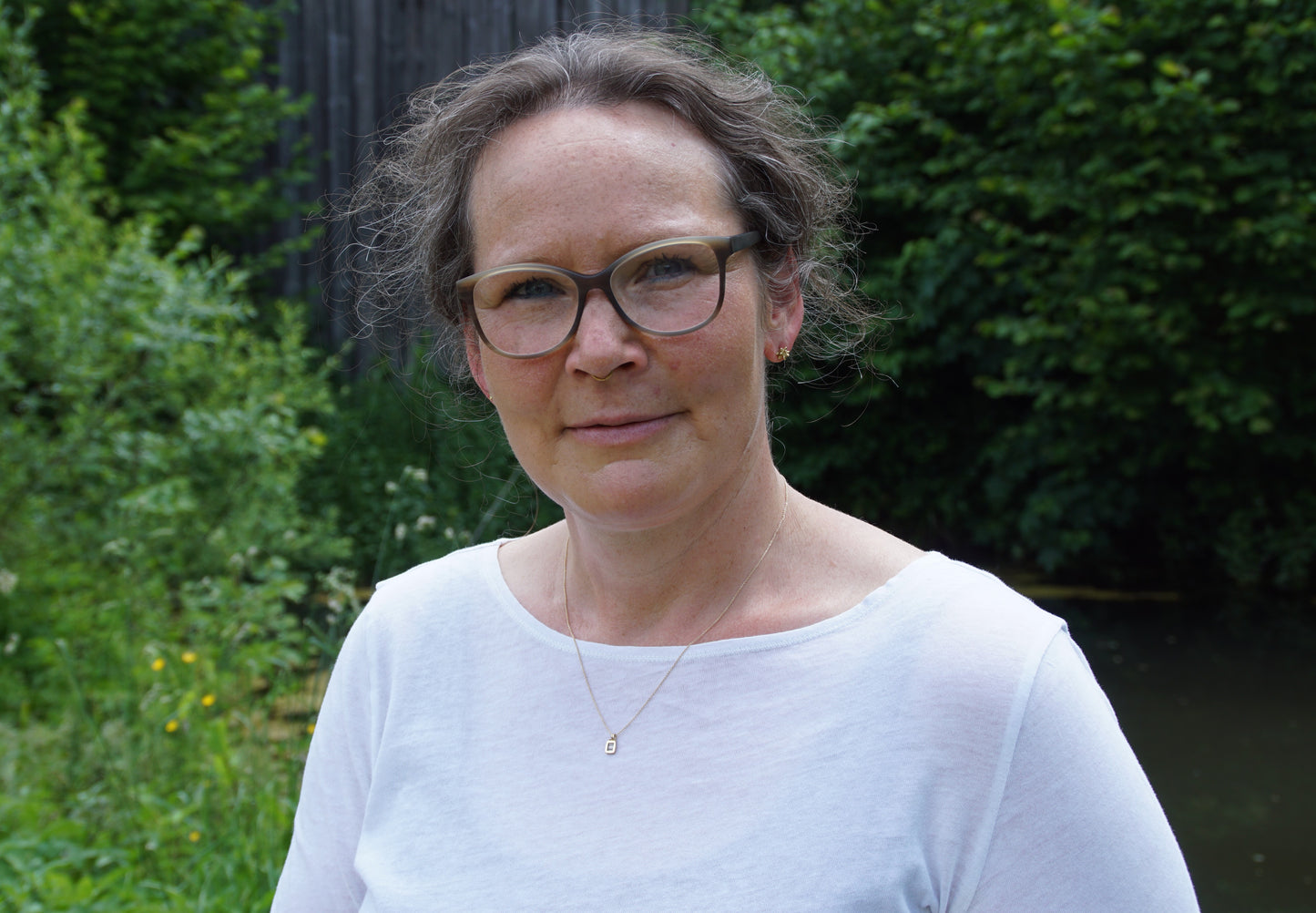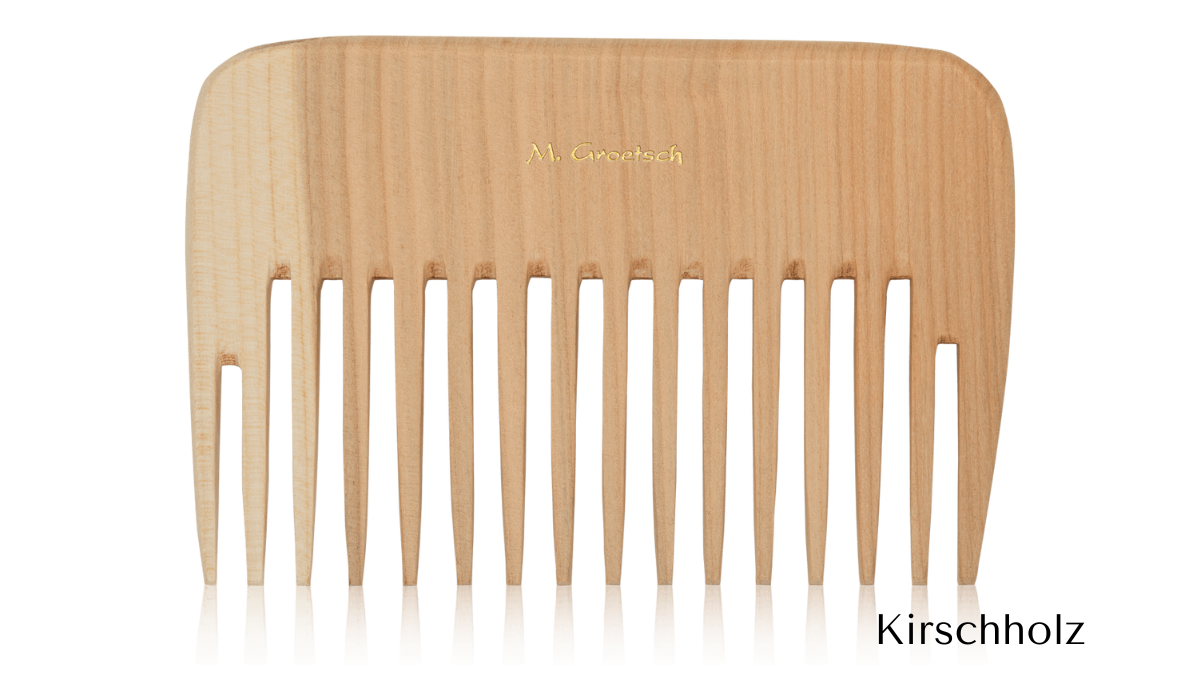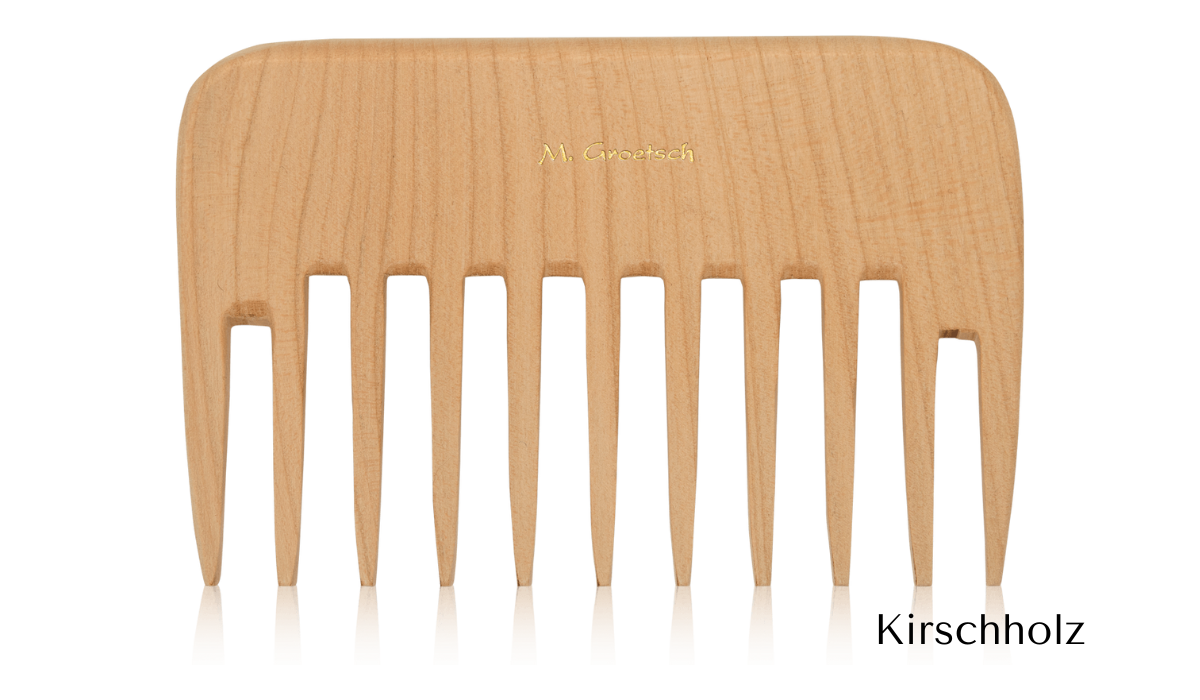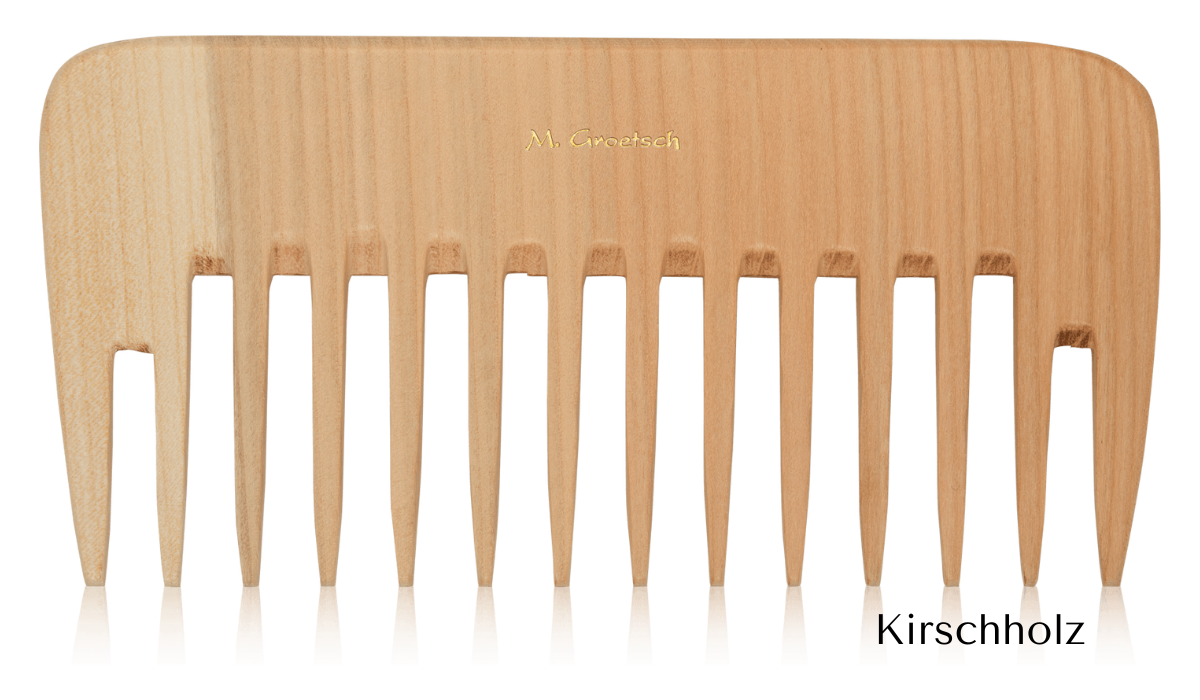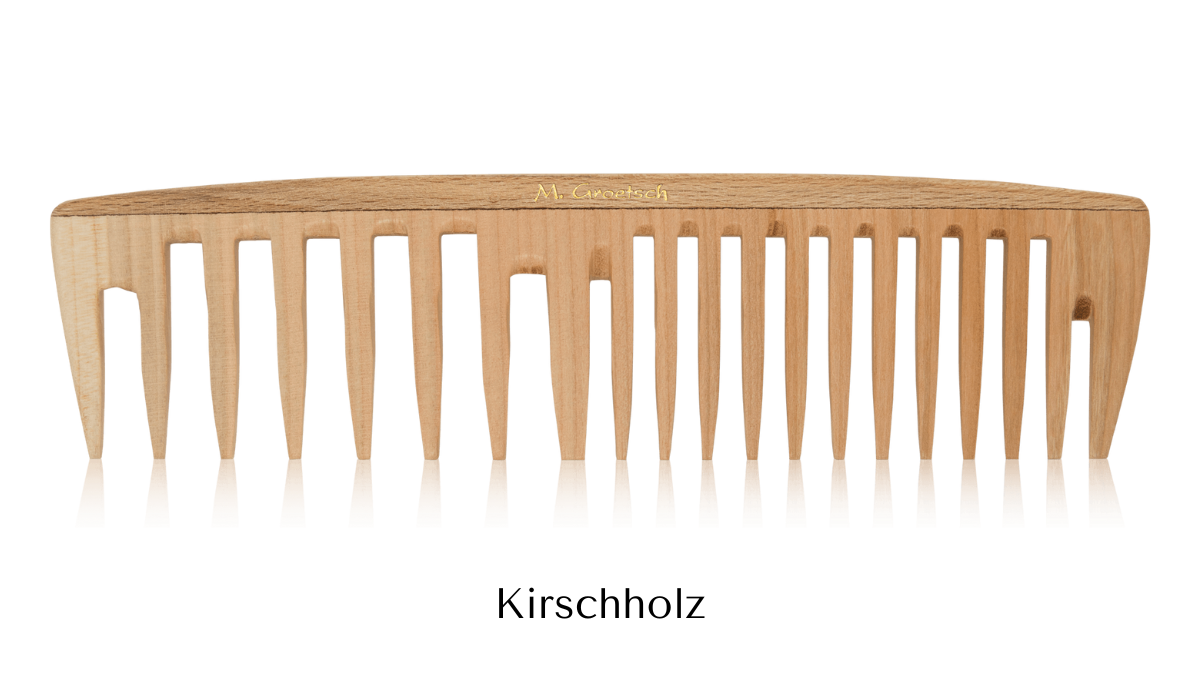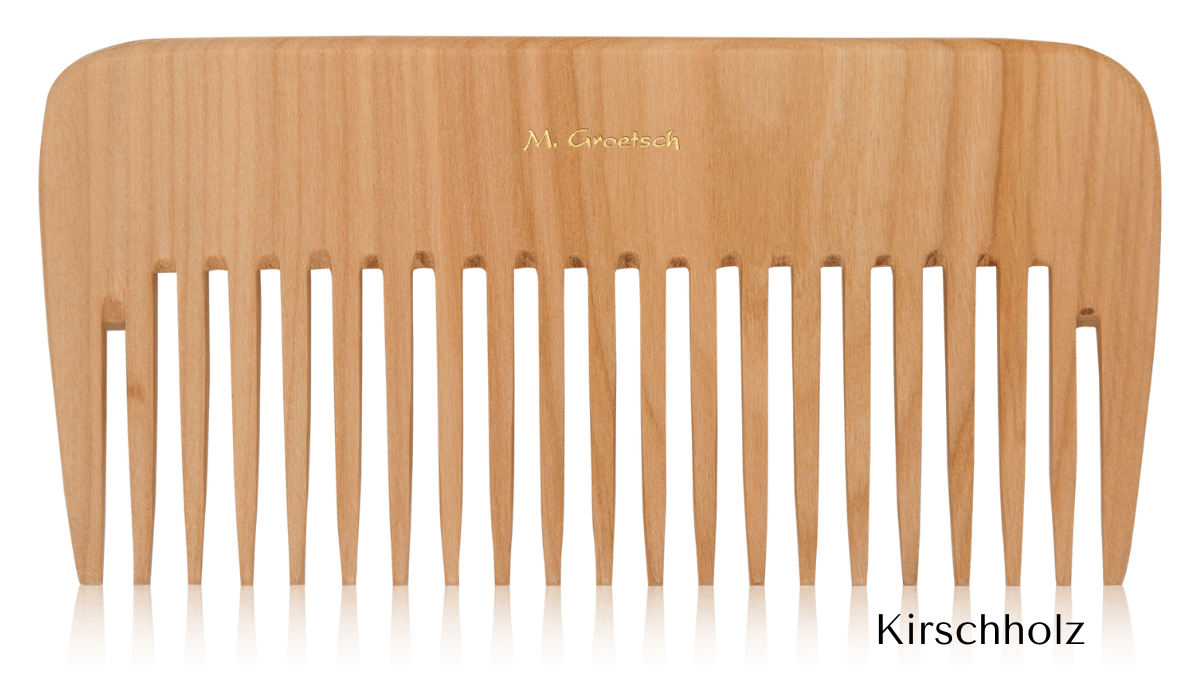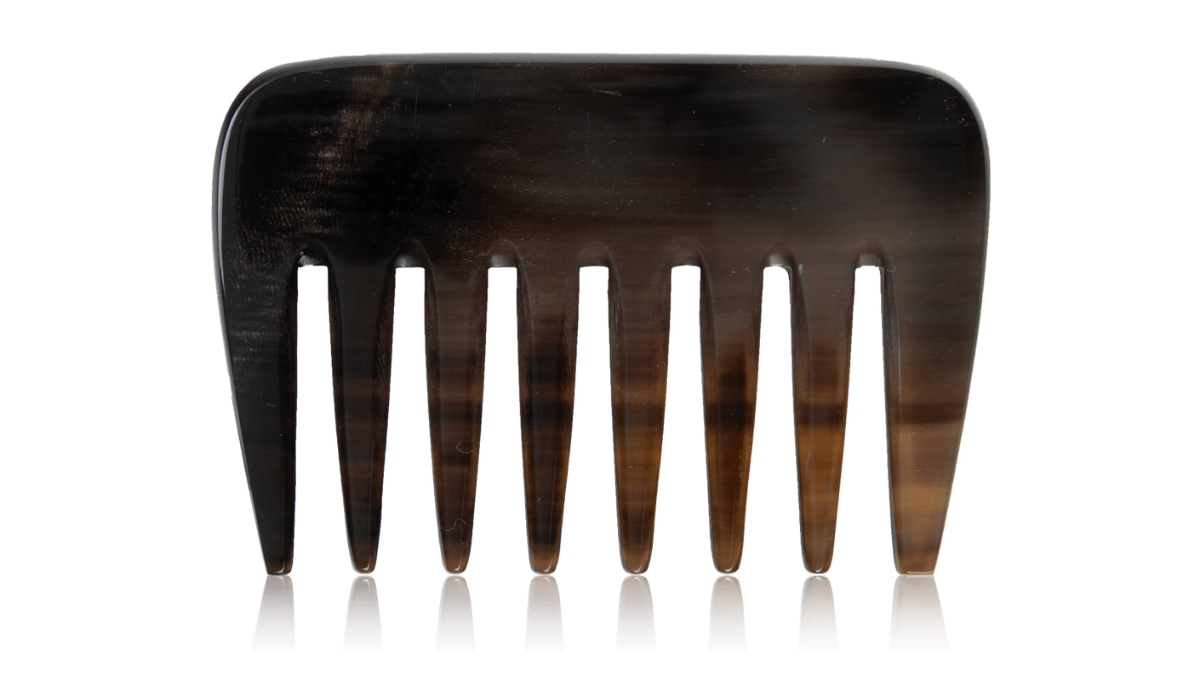
Here you find your ideal comb made of wood or horn for your curls.
Rabattcode: Wintersonnenwende
Für unsere 16 cm langen Energiekämme,
Erde, Wasser, Luft und Feuer
erhalten Sie bis zur Wintersonnenwende 2025 einen Rabatt von 21%
Wir wünschen Ihnen eine frohes Fest und alles Gute für das neue Jahr.

